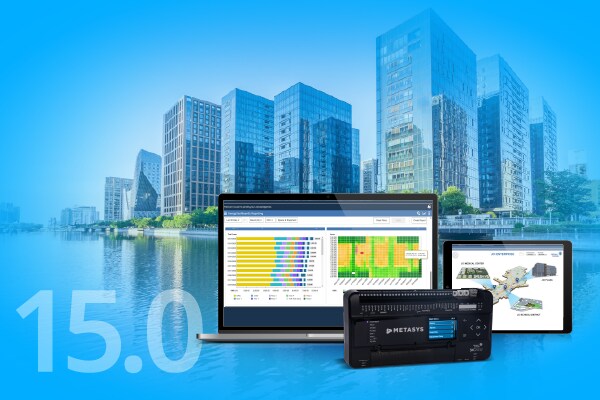- Johnson Controls
- Fire Suppression
- Firefighter Air Replenishment Systems Overview
FARS System Overview
When a fire department’s mobile air unit arrives, the air supply is provided through a secure exterior connection panel connected to the truck. Firefighters can refill their air bottles at fill stations located throughout the structure, and they can do it under full respiration within two minutes.
Firefighter Air Replenishment System components
Already installed in hundreds of buildings across the country, FARS is adaptable to a variety of configurations but includes the same basic requirements and components.
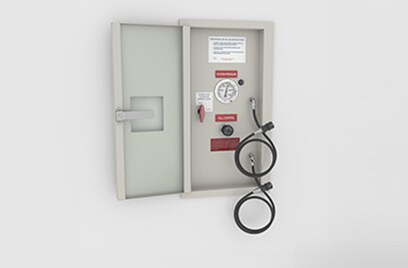
Emergency air fill panel
Provides firefighters with the ability to rapidly refill SCBA cylinders at pre-determined locations through the use of RIC/UACs.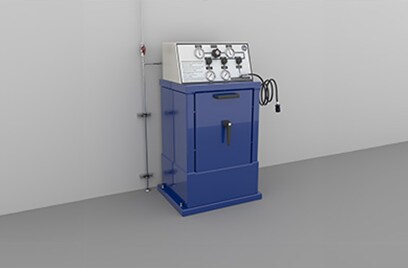
Emergency air fill station
Provides firefighters with the ability to refill SCBA cylinders within a rupture containment air fill station.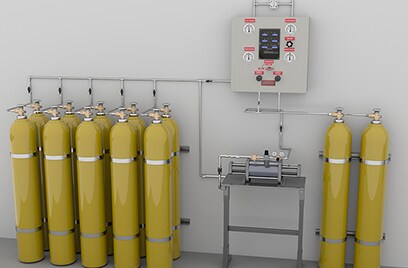
Cascade air storage system
Supplies firefighters with air replenishment prior to the arrival of mobile air unit.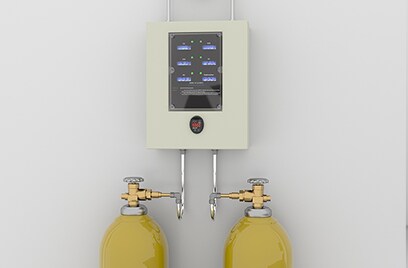
Air monitoring system
Provides continuous, 24/7 monitoring of system humidity, carbon dioxide, carbon monoxide, oxygen, nitrogen and hydrocarbons.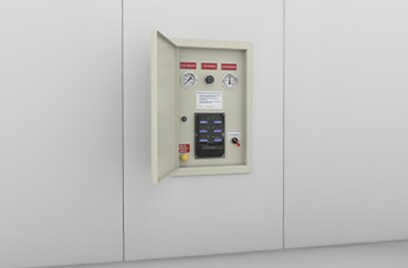
Fire department mobile air connection
Allows mobile air unit to interconnect with FARS for a constant supply of air.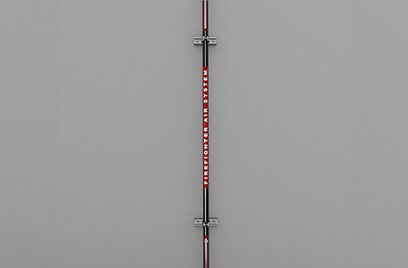
Piping distribution system
Permanently installed stainless steel tubing distributes compressed breathing air to all of building-based air cylinder fill panels.The Firefighter Air System (FARS) helps meet applicable NFPA, CGA & ASME standards for enhanced firefighter safety
Johnson Controls has a network of FARS certified installers throughout the country who install our systems in buildings in their local geographic areas. Our expert team partners with them to help meet FARS code requirements and equip large structures with these systems.
During the construction process, FARS certified installers pull seamless stainless-steel tubing up through stairway shafts. The tubing is protected by two-hour fire enclosures. Depending on the preference of the authority having jurisdiction, emergency air fill stations are located at various locations in designated stairways or in air resource closets (every three floors is a common requirement). FARS can also be retrofitted into existing buildings.
Every authorized FARS is monitored on a 24-7-365 basis for carbon monoxide, air pressure, and moisture levels. Testing and certification are typically performed on a quarterly basis. A study of nearly 7,000 air quality reports on FARS systems over a 7-year period found that the air in FARS exceeds NFPA 1989 standards. In fact, the study found FARS air quality was more compliant with NFPA 1989 standards than non-FARS fire department compressed breathing air samples.







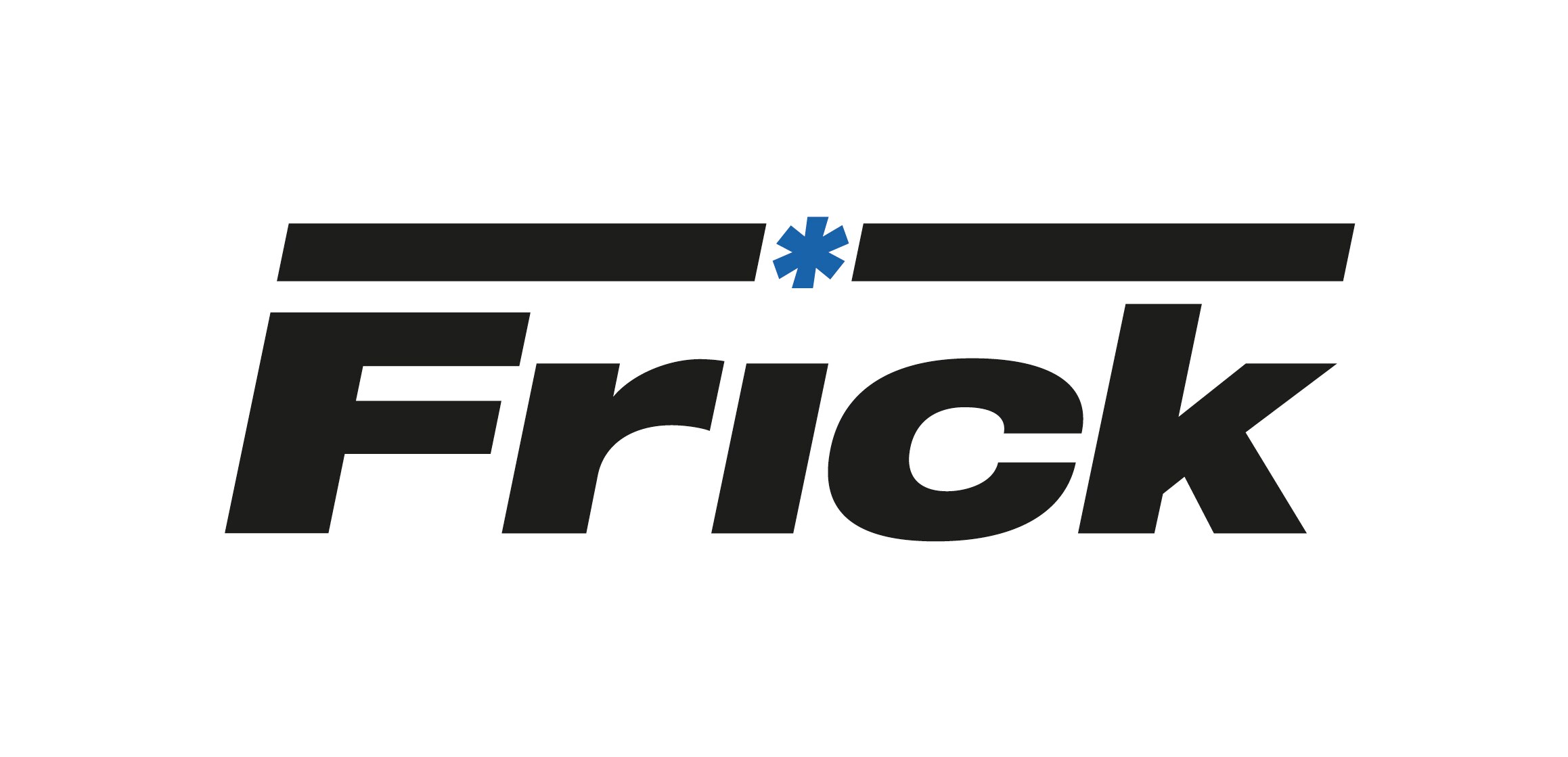







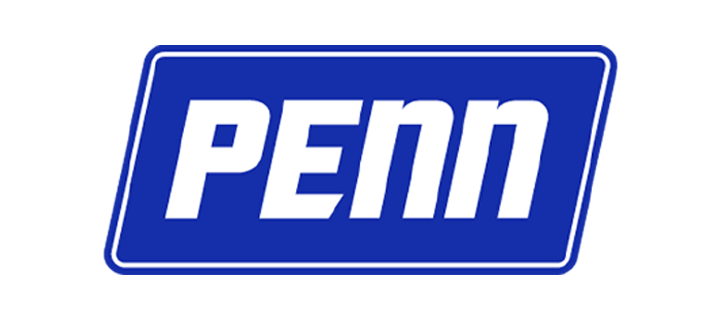

.jpg?la=en&h=320&w=720&hash=244C75B74F0F77521D56164450973BCD)
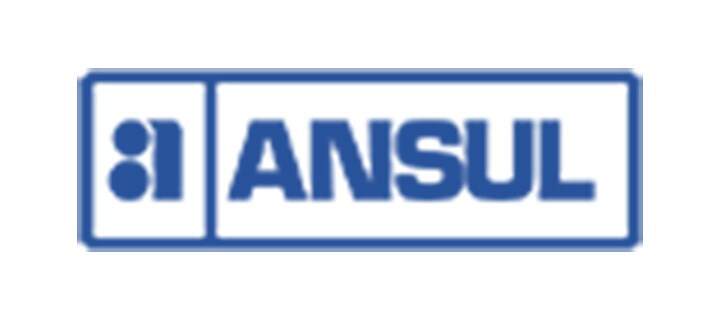
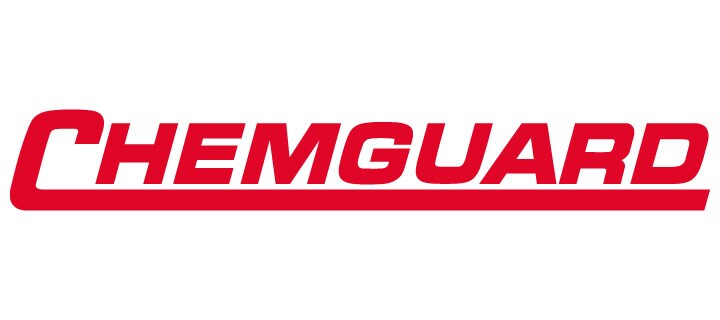
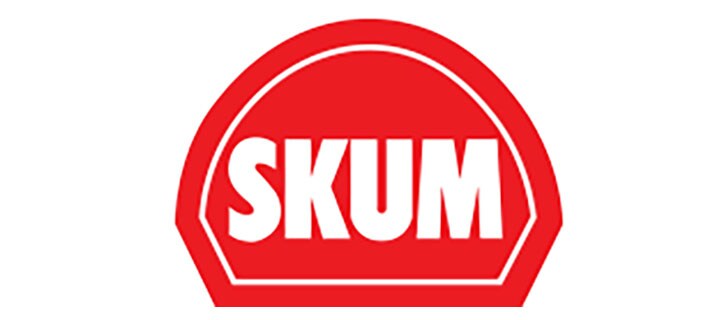


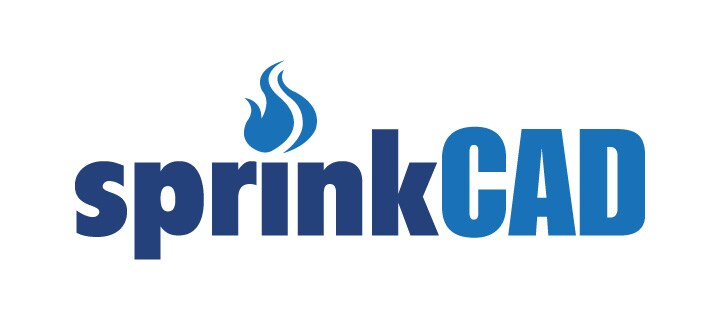
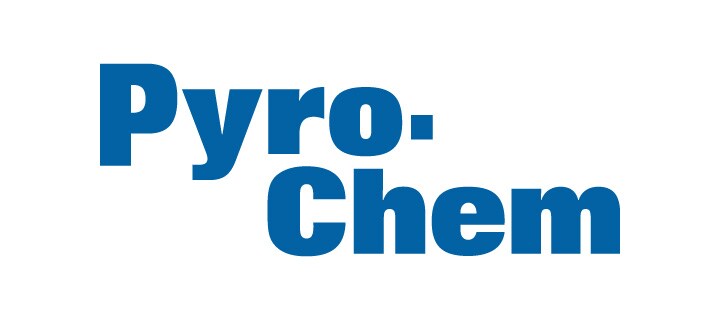




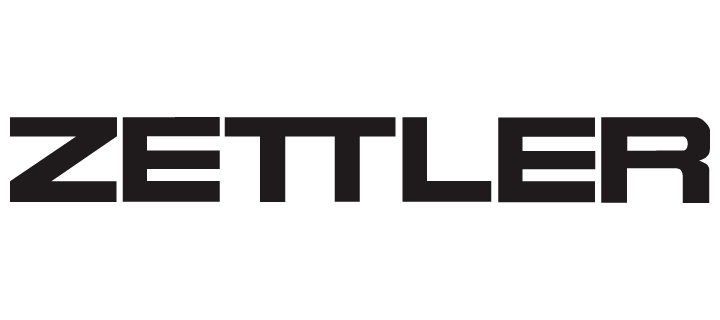


.jpg?la=en&h=310&w=720&hash=8D9823F26AA80B2B75C3E4B2E61770DC)


.jpg?la=en&h=320&w=719&hash=13CA7E4AA3E453809B6726B561F2F4DD)
.jpg?la=en&h=306&w=720&hash=F21A7CD3C49EFBF4D41F00691D09AEAC)

.png?la=en&h=320&w=720&hash=18CFCCD916C92D922F600511FABD775D)











